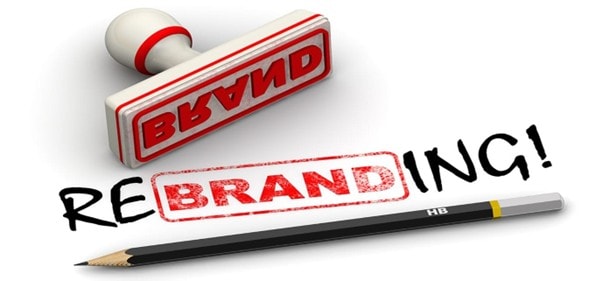Financial anxiety is one of the strongest forces shaping consumer behavior in 2025. Rising living costs, global economic uncertainty, and household debt are pushing people to rethink their spending. Instead of asking “What’s the best product?”, shoppers are asking “What gives me the most value for my money?”
This value-first mindset is changing the way consumers shop across groceries, beauty, fashion, electronics, and even travel. For businesses, the challenge is clear: adapt to this anxiety-driven reality or risk losing trust and loyalty.
1. Value Over Prestige
Consumers are moving away from prestige labels and focusing more on products that deliver durability, transparency, and cost savings. Shoppers want proof that their purchases will last, and they are willing to switch brands if they feel misled.
Tip for businesses: Don’t just sell the product—sell the math behind it. Show cost-per-use, energy savings, or long-term benefits in clear terms. For example, “One bottle lasts 3 months = $0.30 per use.” Add side-by-side comparisons with competitors so buyers can instantly see the advantage.
2. Smarter Trade-Offs: Splurge vs. Save
Financially anxious shoppers are strategic. They cut costs on items they see as “replaceable” but continue spending on categories that influence their health, self-image, or productivity.
Tip for businesses: Offer a tiered product ladder. Create three versions of a product: entry-level, mid-range, and premium. Make the differences transparent (e.g., “basic cleaning power” vs. “extra stain remover” vs. “eco-friendly, concentrated formula”). This way, budget-conscious buyers stay within your brand rather than switching to competitors.
3. Secondhand, Rental, and Repair Go Mainstream
The circular economy is thriving under financial anxiety. From fashion resale apps to refurbished electronics, consumers are seeking ways to extend the life of their purchases and reduce upfront costs.
Tip for businesses: Build a secondary value stream. Introduce trade-in programs, certified refurbished products, or repair services. Even simple initiatives like offering replacement parts or “repair guides” online can set you apart. By positioning your brand as supportive of repair and reuse, you show customers that you care about their wallets—not just the next sale.
4. Subscriptions Under Pressure
Households are pruning subscription services more aggressively than ever. Shoppers are asking: “Is this saving me money, or silently draining my budget?”
Tip for businesses: Make your subscriptions flexible and transparent. Let users pause, skip, or downgrade without penalty. Offer clear “value dashboards” that show how much they’ve saved or used. For example, a beauty box can highlight: “You saved 40% vs. retail this month.” Visible proof of savings reduces cancellation risk.
5. Payment Flexibility Without Debt Risks
Buy Now, Pay Later (BNPL) remains popular, but shoppers are becoming cautious. They prefer no-interest, fee-free options that don’t add financial stress.
Tip for businesses: Be proactive about transparency. Show a clear payment breakdown at checkout and highlight “no hidden fees” messaging. Consider offering micro-payments tied to debit rather than credit, reducing the fear of spiraling debt. Businesses that help customers manage their money responsibly will stand out as trustworthy.
6. Shrinkflation Backlash
Consumers notice when packages get smaller but prices stay the same—and they don’t stay quiet about it. Shrinkflation has become a trust killer.
Tip for businesses: If you must reduce product size or change packaging, frame it as an improvement rather than a cutback. For instance, “New concentrated formula—uses 30% less per wash” communicates value instead of loss. Another option: offer “loyalty-size packs” that guarantee no shrinkflation for frequent buyers. Turning transparency into a policy can protect brand credibility.
Overall, in 2025, financial anxiety is not a passing phase—it’s reshaping global markets. Consumers are becoming more cautious, more value-driven, and more critical of hidden costs.
For businesses, the key is empathy and clarity. By showing the math behind value, offering flexible options, and being transparent about pricing, brands can earn trust and build loyalty even in a climate of uncertainty. In this era, value isn’t just a selling point—it’s the new language of consumer trust.
Sources:
- https://www.mckinsey.com/industries/consumer-packaged-goods/our-insights/the-state-of-consumer-spending
- https://www2.deloitte.com/insights/consumer-behavior-2025
- https://www.forbes.com/sites/financial-anxiety-consumer-trends
- https://www.bbc.com/news/business-cost-of-living
- https://www.weforum.org/agenda/consumer-behavior-global-trends





